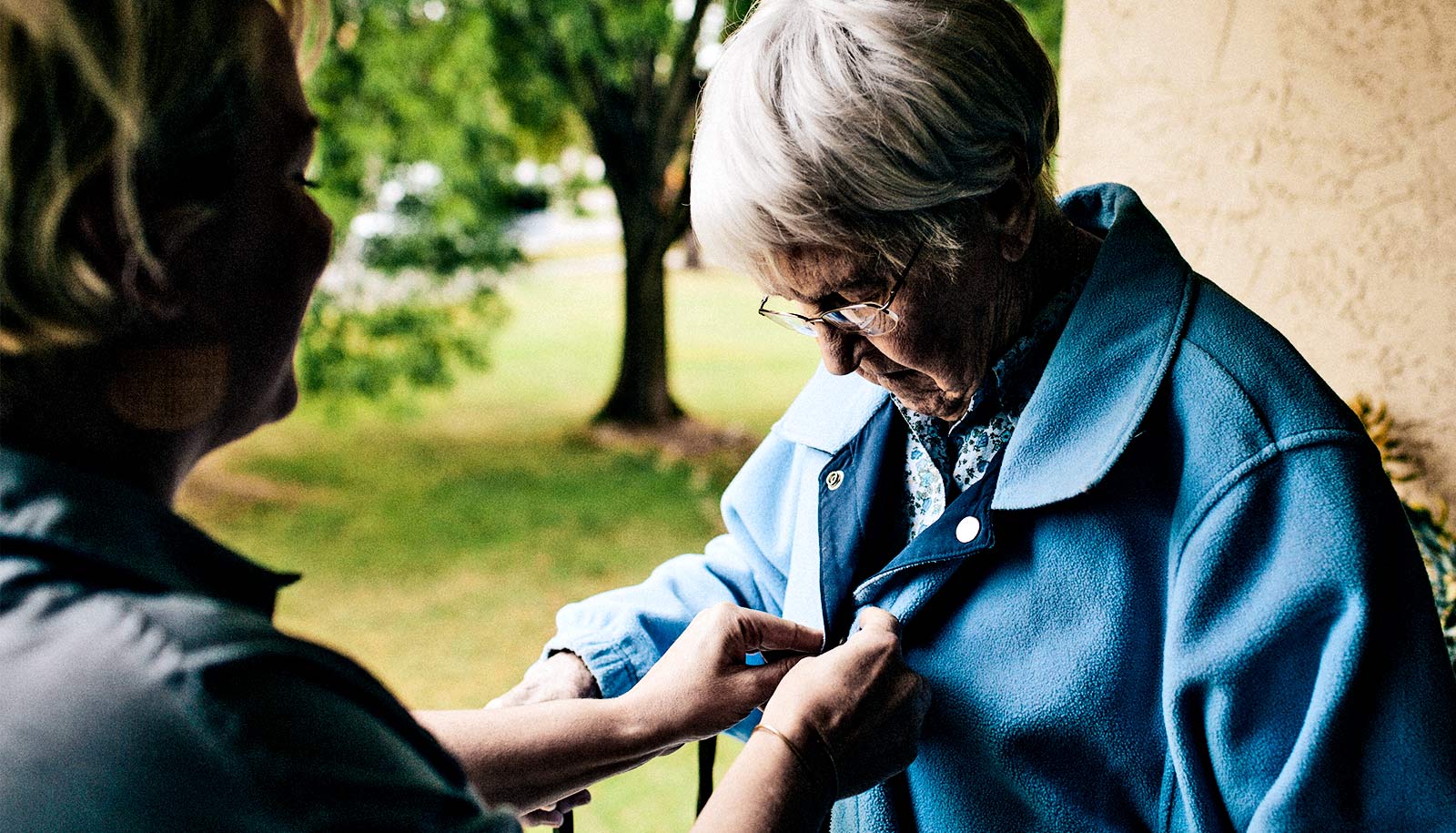People find bones all the time: washed up on the beach, caught in a rake, dispersed in the woods, dug up during home renovations, and even—seriously—hidden away in grandma’s closet.
Most bones sent to the morgue are humdrum, easily identified as deer, chicken, or even melted plastic. But it’s those once-a-month cases, when somebody sends in, say, a femur that is actually bone—and human bone, to boot—that’s where James Pokines comes in.

Pokine, assistant professor of anatomy and neurobiology at Boston University, is also the forensic anthropologist for the Commonwealth of Massachusetts. “Any bones that come to the morgue,” he says, “go to me.”
His job is to determine, as best he can, the sex of the person, their ancestry, stature, and age at death. He also studies the field of science known as taphonomy: the changes that living organisms undergo from the time of death until their remains are preserved (or not) as a fossil. But crime investigators want more: they want to know how long it has been since a person died.
[Forensics software to sort out murky DNA mixes]
This information is often beyond the grasp of forensic science—but Pokines and colleagues are working to change that, most recently with research published in the Journal of Archaeological Science: Reports.
Weathering from 0 to 5
“The condition of the bone depends entirely on where you put it—every microclimate is a little different,” says Donald Siwek, a research assistant professor in the anatomy & neurobiology department at the School of Medicine. “So you can’t just look at a bone and say it’s two years old. If you’re good, you can say it’s recent, but if you want to get closer than that, it’s hard to do. That’s why it’s a big area of research.”
A bone left lying outside will eventually disintegrate in a process called “weathering,” which is one component of taphonomy. Forensic scientists use a six-stage weathering scale, with “0” meaning not weathered at all, and “5” meaning that the bone is crumbling into dust and splinters.
But how quickly a bone goes from 0 to 5 depends on many factors: UV light from the sun, minerals from groundwater, heat, humidity, wetting and drying, and freezing and thawing. Research on each of these factors is scarce, but Pokines recently shed light on one: the freeze-thaw cycle.
Puzzling ‘in-between’ bones
Scientists can routinely estimate the age of ancient bones—like those from mummies—though carbon dating. They can also determine the age of younger bones—like those from a recent murder victim—by studying the state of decomposition of the body, and the types of insects swarming the scene. But it’s those in-between bones, the ones that have been lying in the woods for a year, or a decade, that puzzle forensic anthropologists.
“If a body has been lying outdoors for a year, two years, three years, how do I know how long it’s been out there? That’s the hard thing, that middle gap,” says Pokines. “That’s one of the things that we’re researching: Can we tell how long the body has been there, when everything else is washed away, when the clothing is decomposed, when any ID they had is either gone or was never there.”
To examine how repeated freezing and thawing affects bones, researchers started with the dried leg bones of 93 deer. (Why deer? They’re free, plentiful, and roughly human size, says Pokines.) They covered large plastic trays with moistened pads, spread the bones on top, and sealed the trays in giant plastic bags. Then they froze the bones. And thawed them. And froze them. And thawed them. They repeated the freeze-thaw cycle 75 times, stopping every 25 cycles to examine how the bones were changing.
[To solve more homicides, rethink investigator’s role]
While Pokines expected the repeated freezing and thawing to crack the bones—after all, that’s what happens to rocks—he wasn’t sure exactly how or where the bones would break. What researchers found was long cracks all along the shaft of the bone’s surface. Then, they cut the bone into thin, circular slices and examined them under a microscope and found tiny micro-cracks within the structure of the bone, as well.
“It definitely seems like a component of what’s going on with the bones starting to fall apart,” Pokines says. The next step is to quantify these results, so that that they may eventually help investigators determine the age of a bone, and how long it’s been exposed to the elements.
“On TV they say, ‘this person’s been dead exactly 72 hours’—that’s not how it works,” says Siwek. “We want to be able to give law enforcement an ‘accurate estimate’ of the time of death. That’s the job of the forensic anthropologist. But so many environmental factors come into play; that’s why it’s hard but also why it’s important.”
Ultimately, the freeze-thaw cycle is just one piece of the forensic puzzle, Pokines says. Repeated wetting and drying of bones may play an even larger role in weather than freezing and thawing alone.
“We hope other scientists will perform similar research into what makes bones weather. We’re trying to separate all these different factors, and the freezing and thawing is just one part of what’s going on.”
Source: Boston University


